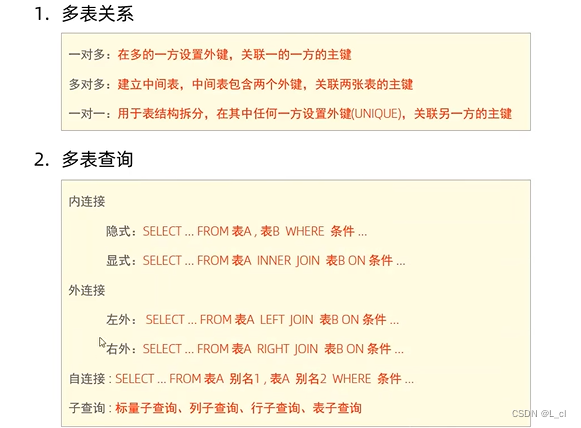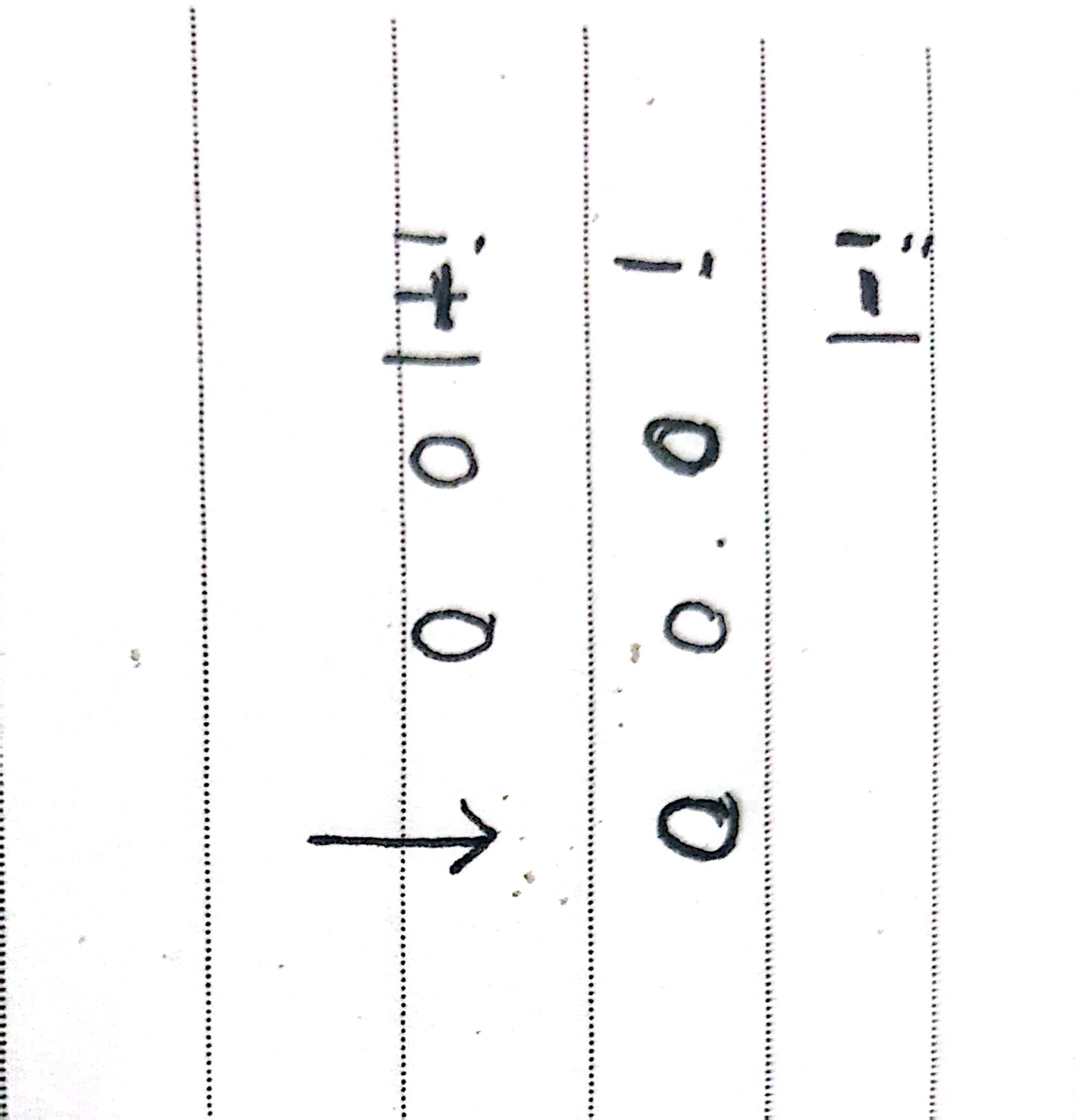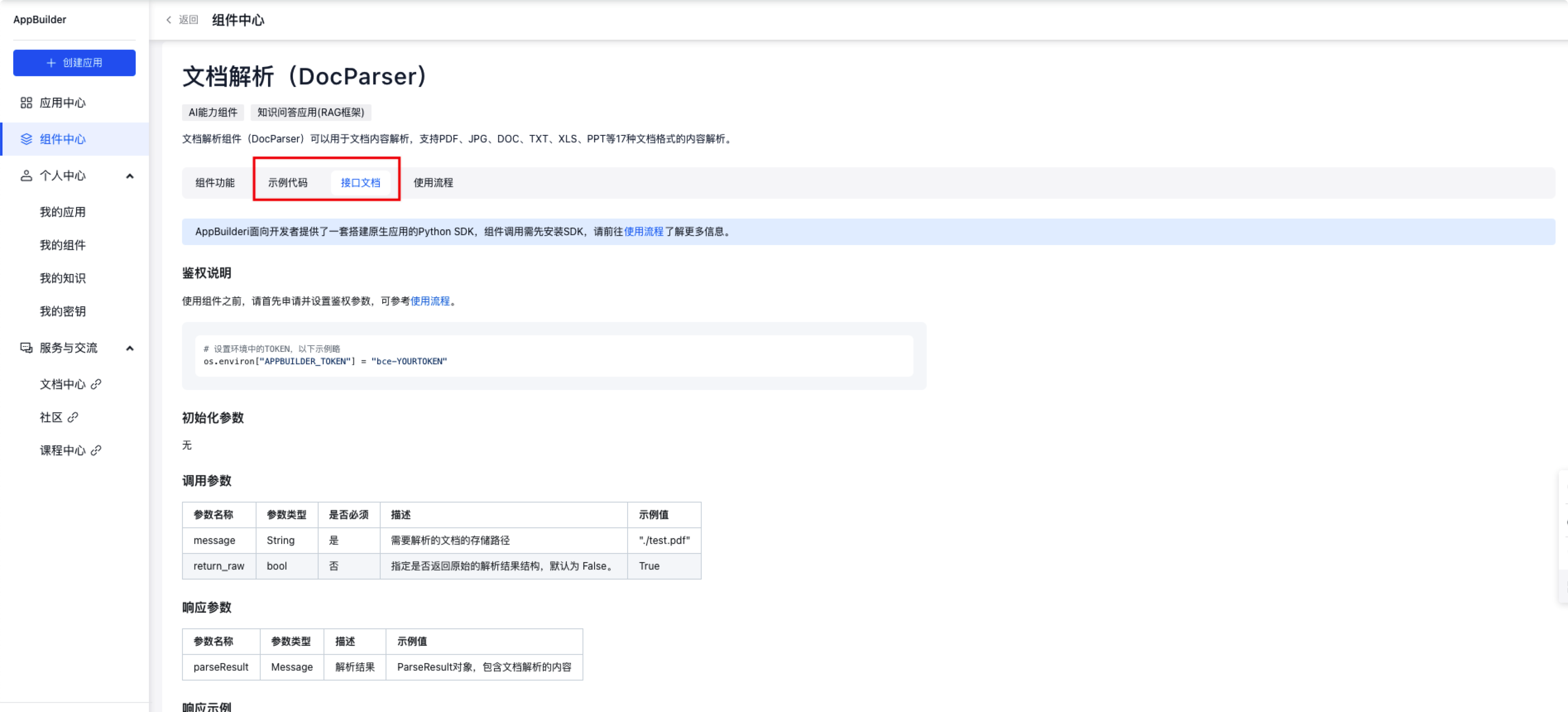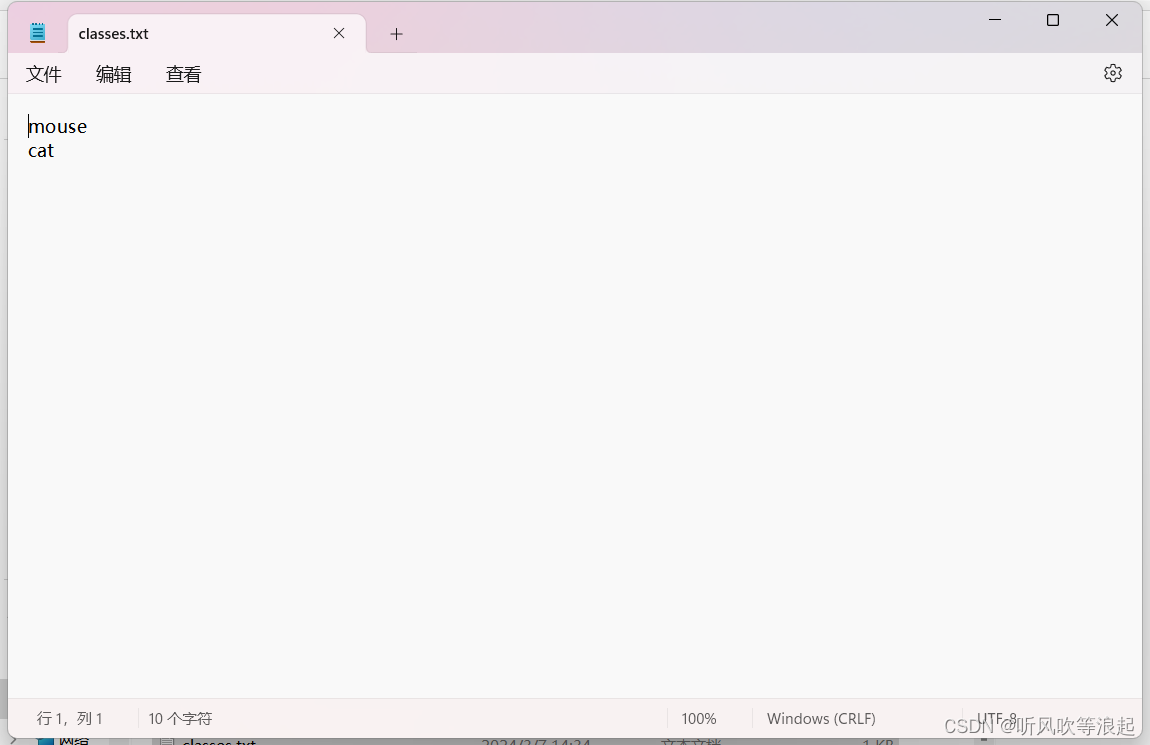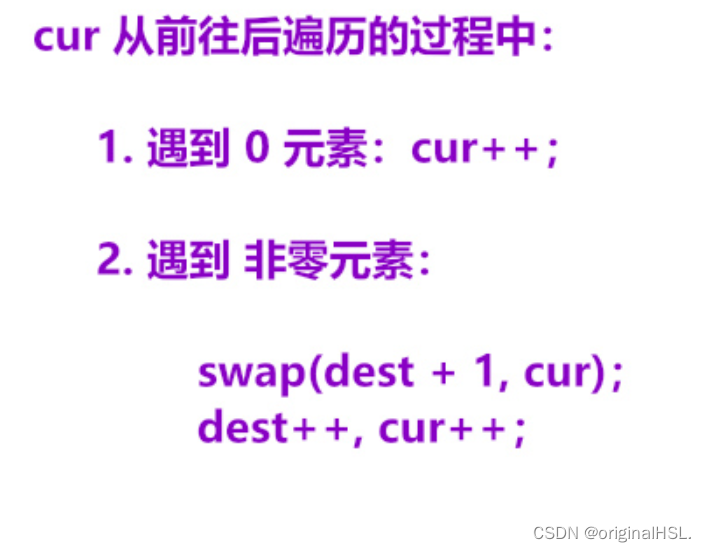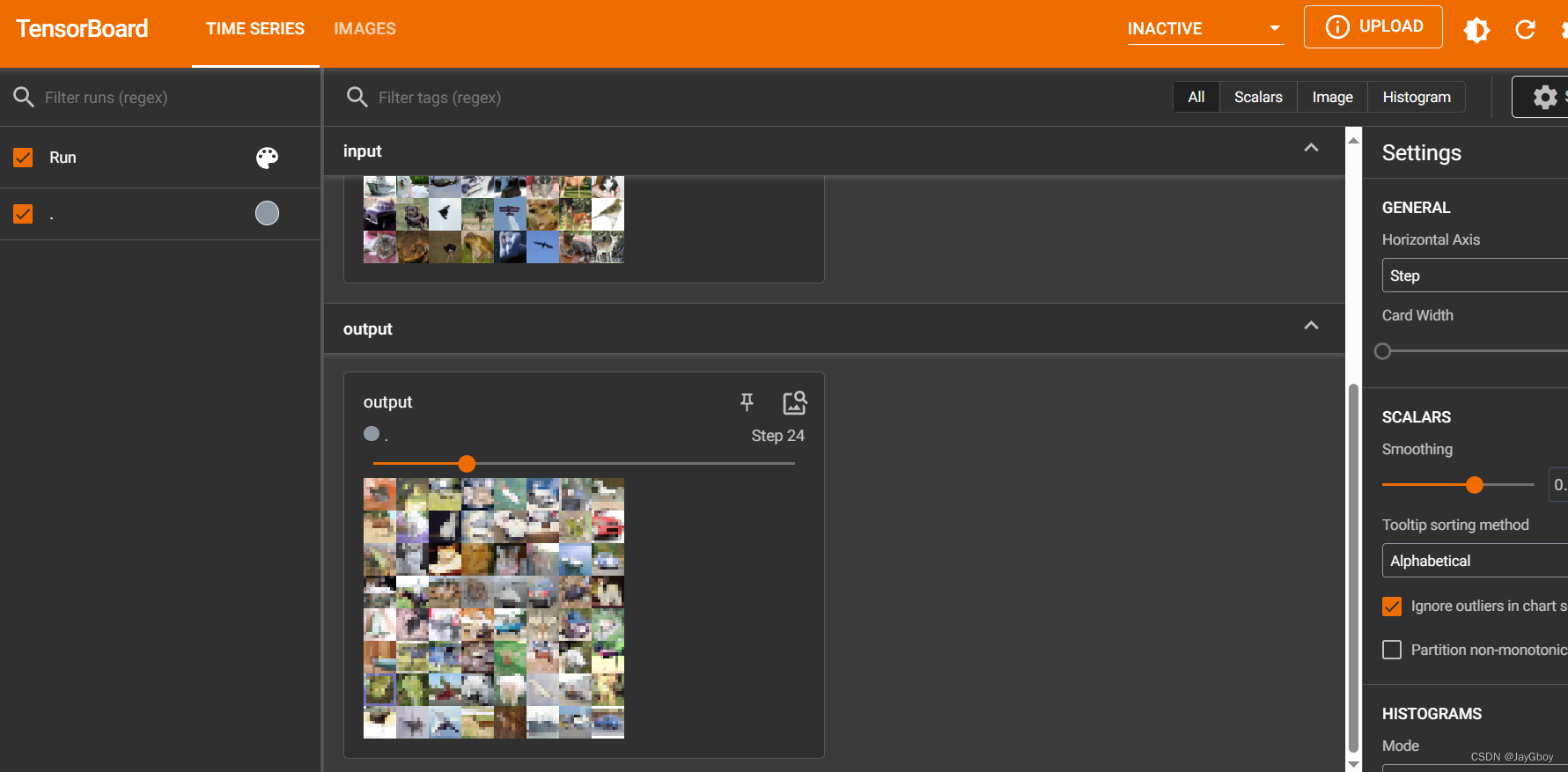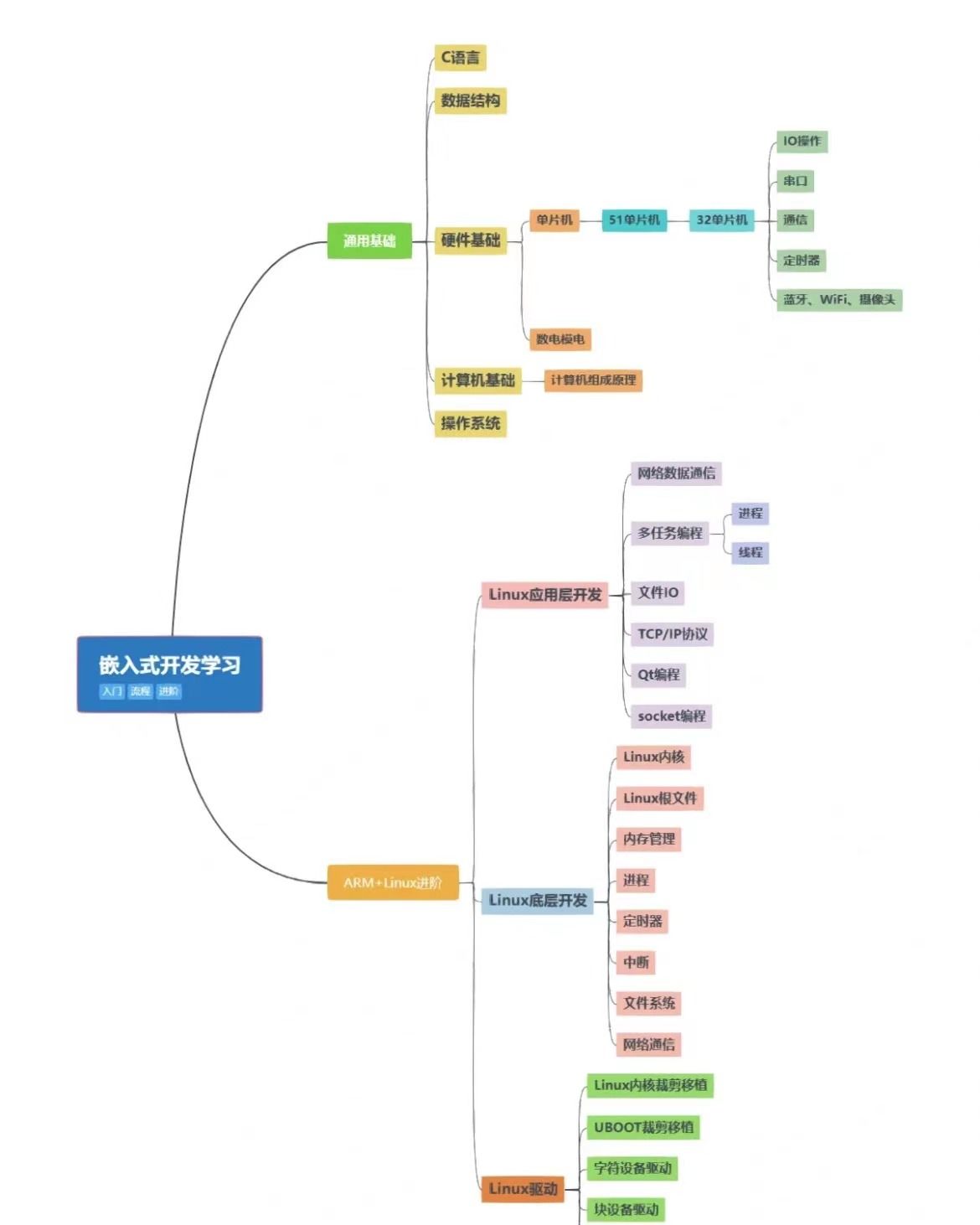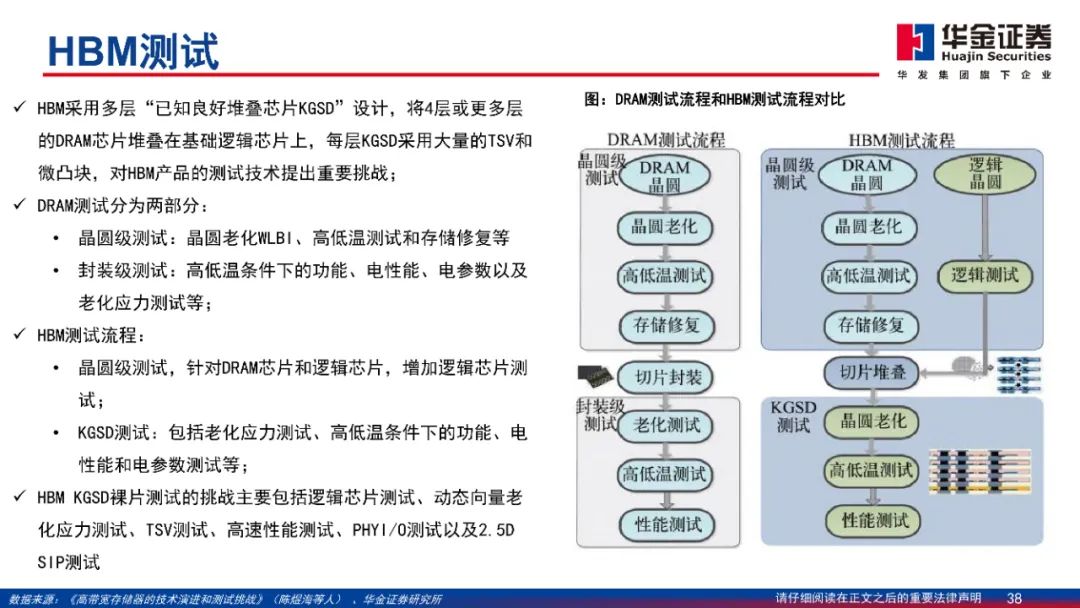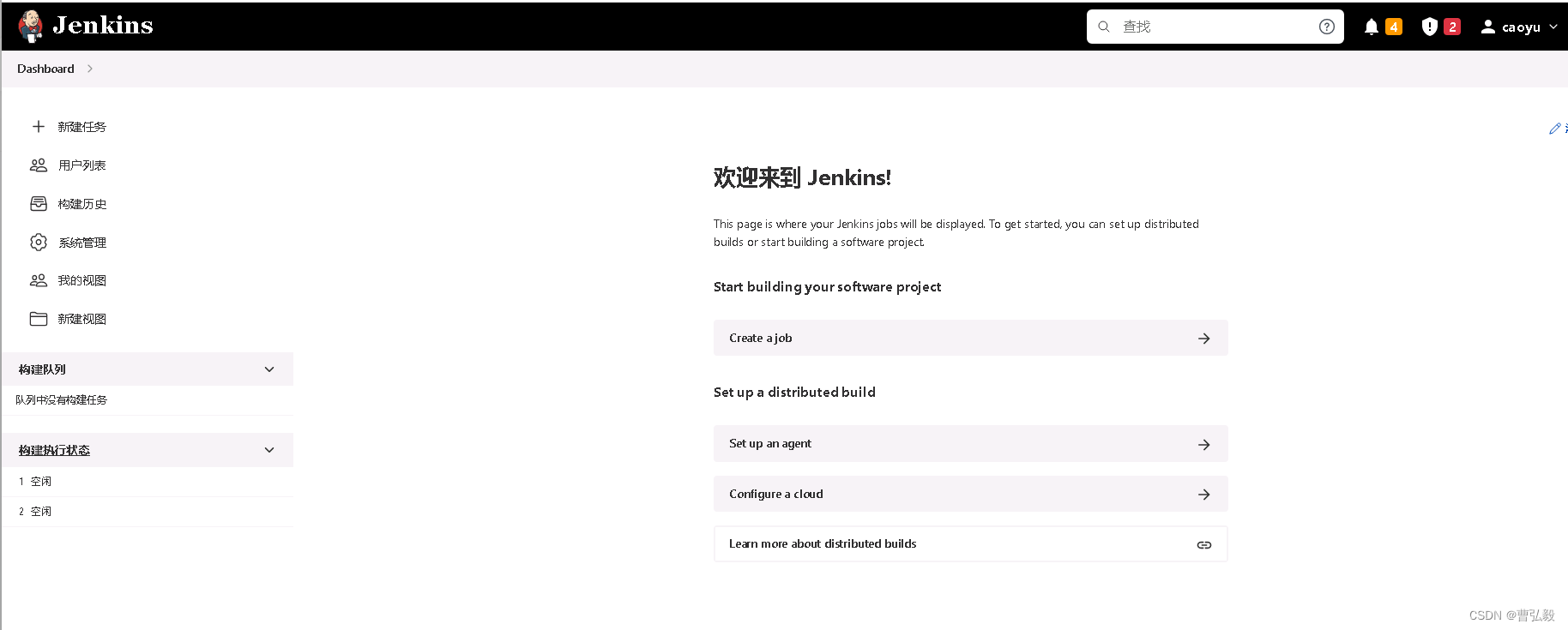最简单的基于 FFmpeg 的内存读写的例子:内存视频播放器
- 最简单的基于 FFmpeg 的内存读写的例子:内存视频播放器
- 正文
- 源程序
- 结果
- 工程文件下载
- 参考链接
最简单的基于 FFmpeg 的内存读写的例子:内存视频播放器
参考雷霄骅博士的文章,链接:最简单的基于FFmpeg的内存读写的例子:内存播放器
正文
之前的所有有关 FFmpeg 的例子都是对文件进行操作的。实际上,并不是所有视频的编码,解码都是针对文件进行处理的。有的时候需要的解码的视频数据在一段内存中。例如,通过其他系统送来的视频数据。同样,有的时候编码后的视频数据也未必要保存成一个文件。例如,要求将编码后的视频数据送给其他的系统进行下一步的处理。以上两种情况就要求 FFmpeg 不仅仅是对文件进行“读,写”操作,而是要对内存进行“读,写”操作。因此打算记录的两个例子就是使用 FFmpeg 对内存进行读写的例子。
本文记录一个最简单的基于 FFmpeg 内存播放器。该例子中,首先将文件中的视频数据通过 fread() 读取到内存中,然后使用 FFmpeg 和 SDL 播放内存中的数据。
关于如何从内存中读取数据在这里不再详述,可以参考文章:《ffmpeg 从内存中读取数据(或将数据输出到内存)》。
关键点就两个:
第一,初始化自定义的 AVIOContext,指定自定义的回调函数。示例代码如下:
//AVIOContext中的缓存
unsigned char *aviobuffer=(unsigned char*)av_malloc(32768);
AVIOContext *avio=avio_alloc_context(aviobuffer, 32768,0,NULL,read_buffer,NULL,NULL);
pFormatCtx->pb=avio;
if(avformat_open_input(&pFormatCtx,NULL,NULL,NULL)!=0){
printf("Couldn't open inputstream.(无法打开输入流)\n");
return -1;
}
上述代码中,自定义了回调函数 read_buffer()。在使用 avformat_open_input() 打开媒体数据的时候,就可以不指定文件的 URL 了,即其第 2 个参数为 NULL(因为数据不是靠文件读取,而是由 read_buffer() 提供)。
第二,自己写回调函数。示例代码如下:
//Callback
int read_buffer(void *opaque, uint8_t *buf, int buf_size){
if(!feof(fp_open)){
inttrue_size=fread(buf,1,buf_size,fp_open);
return true_size;
}else{
return -1;
}
}
当系统需要数据的时候,会自动调用该回调函数以获取数据。这个例子为了简单,直接使用 fread() 读取数据至内存。回调函数需要格外注意它的参数和返回值。
源程序
// Simplest FFmpeg Memory Player.cpp : 定义控制台应用程序的入口点。
//
/**
* 最简单的基于 FFmpeg 的内存读写例子(内存播放器)
* Simplest FFmpeg Memory Player
*
* 源程序:
* 雷霄骅 Lei Xiaohua
* leixiaohua1020@126.com
* 中国传媒大学/数字电视技术
* Communication University of China / Digital TV Technology
* http://blog.csdn.net/leixiaohua1020
*
* 修改:
* 刘文晨 Liu Wenchen
* 812288728@qq.com
* 电子科技大学/电子信息
* University of Electronic Science and Technology of China / Electronic and Information Science
* https://blog.csdn.net/ProgramNovice
*
* 本程序实现了对内存中的视频数据的播放。
* 是最简单的使用 FFmpeg 读内存的例子。
*
* This software play video data in memory (not a file).
* It's the simplest example to use FFmpeg to read from memory.
*
*/
#include "stdafx.h"
#include <stdio.h>
#include <stdlib.h>
// 解决报错:'fopen': This function or variable may be unsafe.Consider using fopen_s instead.
#pragma warning(disable:4996)
// 解决报错:无法解析的外部符号 __imp__fprintf,该符号在函数 _ShowError 中被引用
#pragma comment(lib, "legacy_stdio_definitions.lib")
extern "C"
{
// 解决报错:无法解析的外部符号 __imp____iob_func,该符号在函数 _ShowError 中被引用
FILE __iob_func[3] = { *stdin, *stdout, *stderr };
}
#define __STDC_CONSTANT_MACROS
#ifdef _WIN32
// Windows
extern "C"
{
#include "libavcodec/avcodec.h"
#include "libavformat/avformat.h"
#include "libswscale/swscale.h"
#include "SDL/SDL.h"
};
#else
// Linux...
#ifdef __cplusplus
extern "C"
{
#endif
#include <libavcodec/avcodec.h>
#include <libavformat/avformat.h>
#include <libswscale/swscale.h>
#include <SDL/SDL.h>
#ifdef __cplusplus
};
#endif
#endif
// Output YUV420P
#define OUTPUT_YUV420P 1
FILE *fp_open = NULL;
// Callback
int read_buffer(void *opaque, uint8_t *buf, int buf_size)
{
if (!feof(fp_open))
{
int true_size = fread(buf, 1, buf_size, fp_open);
return true_size;
}
else
{
return -1;
}
}
// Refresh Event
//#define SFM_REFRESH_EVENT (SDL_USEREVENT + 1)
//#define SFM_BREAK_EVENT (SDL_USEREVENT + 2)
//
//int thread_exit = 0;
//int sfp_refresh_thread(void *opaque)
//{
// thread_exit = 0;
// while (!thread_exit)
// {
// SDL_Event event;
// event.type = SFM_REFRESH_EVENT;
// SDL_PushEvent(&event);
// SDL_Delay(40);
// }
// thread_exit = 0;
// // Break
// SDL_Event event;
// event.type = SFM_BREAK_EVENT;
// SDL_PushEvent(&event);
//
// return 0;
//}
int main(int argc, char* argv[])
{
AVFormatContext *pFormatCtx;
int videoindex;
int ret;
AVCodecContext *pCodecCtx;
AVCodec *pCodec;
av_register_all();
avformat_network_init();
pFormatCtx = avformat_alloc_context();
// Open File
const char filepath[] = "cuc60anniversary_start.mkv";
fp_open = fopen(filepath, "rb+");
// Init AVIOContext
unsigned char *aviobuffer = (unsigned char *)av_malloc(32768);
AVIOContext *avio = avio_alloc_context(aviobuffer, 32768, 0, NULL, read_buffer, NULL, NULL);
pFormatCtx->pb = avio;
ret = avformat_open_input(&pFormatCtx, NULL, NULL, NULL);
if (ret != 0)
{
printf("Couldn't open input stream.\n");
return -1;
}
ret = avformat_find_stream_info(pFormatCtx, NULL);
if (ret < 0)
{
printf("Couldn't find stream information.\n");
return -1;
}
videoindex = -1;
for (size_t i = 0; i < pFormatCtx->nb_streams; i++)
if (pFormatCtx->streams[i]->codec->codec_type == AVMEDIA_TYPE_VIDEO)
{
videoindex = i;
break;
}
if (videoindex == -1)
{
printf("Couldn't find a video stream.\n");
return -1;
}
pCodecCtx = pFormatCtx->streams[videoindex]->codec;
pCodec = avcodec_find_decoder(pCodecCtx->codec_id);
if (pCodec == NULL)
{
printf("Codec not found.\n");
return -1;
}
ret = avcodec_open2(pCodecCtx, pCodec, NULL);
if (ret < 0)
{
printf("Could not open codec.\n");
return -1;
}
AVFrame *pFrame, *pFrameYUV;
pFrame = av_frame_alloc();
pFrameYUV = av_frame_alloc();
//unsigned char *out_buffer = (unsigned char *)av_malloc(avpicture_get_size(AV_PIX_FMT_YUV420P,
// pCodecCtx->width, pCodecCtx->height));
//avpicture_fill((AVPicture *)pFrameYUV, out_buffer, AV_PIX_FMT_YUV420P,
// pCodecCtx->width, pCodecCtx->height);
// ------------------------ SDL 1.2 ------------------------
if (SDL_Init(SDL_INIT_VIDEO | SDL_INIT_AUDIO | SDL_INIT_TIMER))
{
printf("Could not initialize SDL - %s.\n", SDL_GetError());
return -1;
}
int screen_w = 0, screen_h = 0;
SDL_Surface *screen;
screen_w = pCodecCtx->width;
screen_h = pCodecCtx->height;
// 初始化屏幕(SDL 绘制的窗口)
screen = SDL_SetVideoMode(screen_w, screen_h, 0, 0);
if (!screen)
{
printf("SDL: could not set video mode - exiting:%s.\n", SDL_GetError());
return -1;
}
SDL_Overlay *bmp;
// Now we create a YUV overlay on that screen so we can input video to it
bmp = SDL_CreateYUVOverlay(pCodecCtx->width, pCodecCtx->height, SDL_YV12_OVERLAY, screen);
SDL_Rect rect;
rect.x = 0;
rect.y = 0;
rect.w = screen_w;
rect.h = screen_h;
// ------------------------ SDL End ------------------------
int got_picture;
AVPacket *packet = (AVPacket *)av_malloc(sizeof(AVPacket));
#if OUTPUT_YUV420P
FILE *fp_yuv = fopen("output.yuv", "wb+");
#endif
struct SwsContext *img_convert_ctx;
img_convert_ctx = sws_getContext(pCodecCtx->width, pCodecCtx->height, pCodecCtx->pix_fmt,
pCodecCtx->width, pCodecCtx->height, AV_PIX_FMT_YUV420P, SWS_BICUBIC, NULL, NULL, NULL);
// SDL 线程
//SDL_Thread *video_tid = SDL_CreateThread(sfp_refresh_thread, NULL);
// 设置窗口标题
SDL_WM_SetCaption("Simplest FFmpeg Memory Player", NULL);
// Event Loop
//SDL_Event event;
while (av_read_frame(pFormatCtx, packet) >= 0)
{
if (packet->stream_index == videoindex)
{
ret = avcodec_decode_video2(pCodecCtx, pFrame, &got_picture, packet);
if (ret < 0)
{
printf("Decode error.\n");
return -1;
}
if (got_picture)
{
SDL_LockYUVOverlay(bmp);
pFrameYUV->data[0] = bmp->pixels[0];
pFrameYUV->data[1] = bmp->pixels[2];
pFrameYUV->data[2] = bmp->pixels[1];
pFrameYUV->linesize[0] = bmp->pitches[0];
pFrameYUV->linesize[1] = bmp->pitches[2];
pFrameYUV->linesize[2] = bmp->pitches[1];
sws_scale(img_convert_ctx, (const uint8_t* const*)pFrame->data,
pFrame->linesize, 0, pCodecCtx->height, pFrameYUV->data, pFrameYUV->linesize);
#if OUTPUT_YUV420P
int y_size = pCodecCtx->width * pCodecCtx->height;
fwrite(pFrameYUV->data[0], 1, y_size, fp_yuv); // Y
fwrite(pFrameYUV->data[1], 1, y_size / 4, fp_yuv); // U
fwrite(pFrameYUV->data[2], 1, y_size / 4, fp_yuv); // V
#endif
SDL_UnlockYUVOverlay(bmp);
SDL_DisplayYUVOverlay(bmp, &rect);
// Delay 40ms
SDL_Delay(40);
}
}
av_free_packet(packet);
}
sws_freeContext(img_convert_ctx);
#if OUTPUT_YUV420P
fclose(fp_yuv);
#endif
fclose(fp_open);
SDL_Quit();
// av_free(out_buffer);
av_free(pFrameYUV);
avcodec_close(pCodecCtx);
avformat_close_input(&pFormatCtx);
system("pause");
return 0;
}
结果
可以通过下面的宏定义来确定是否将解码后的 YUV420P 数据输出成文件:
#define OUTPUT_YUV420P 0
程序的运行结果如下:
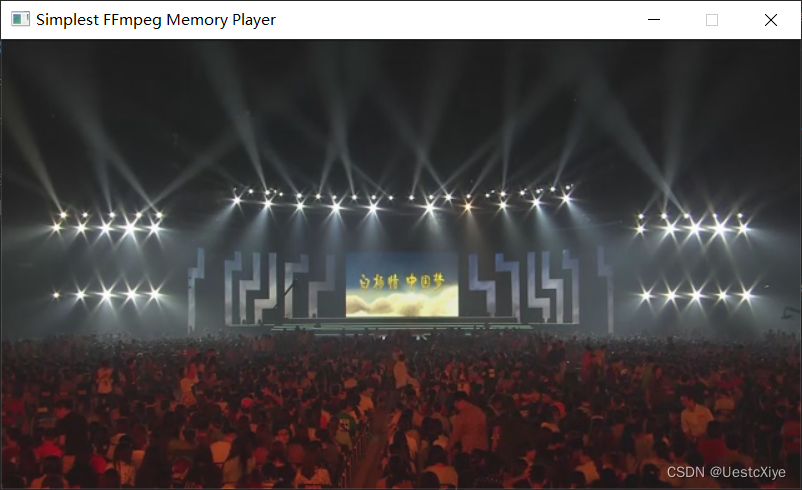
工程文件下载
GitHub:UestcXiye / Simplest-FFmpeg-Memory-Player
CSDN:Simplest FFmpeg Memory Player.zip
参考链接
- 《 100行代码实现最简单的基于FFMPEG+SDL的视频播放器(SDL1.x)》
- 《ffmpeg 从内存中读取数据(或将数据输出到内存)》
